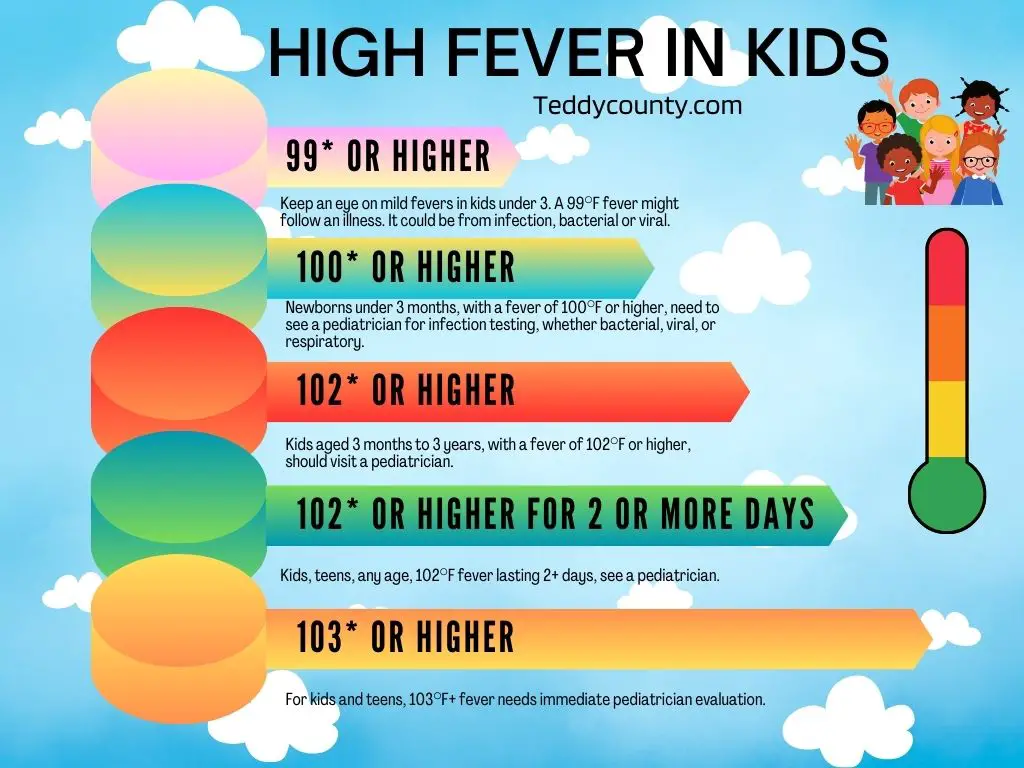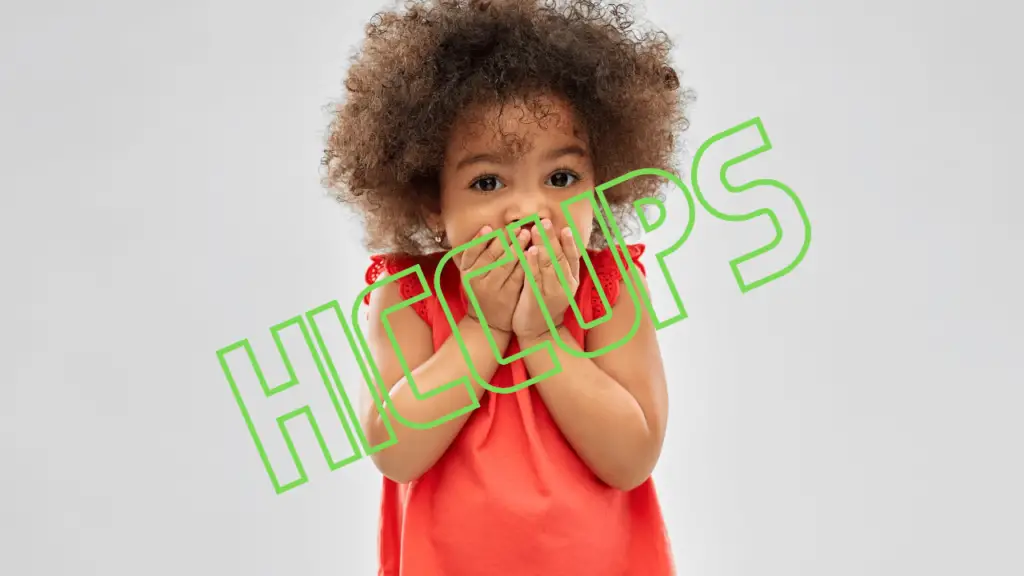High Fever Symptoms in Toddlers: Recognizing the Signs
When it comes to the well-being of your little one, vigilance is key. High fever in toddlers can be a cause for concern and often requires immediate attention. As parents and caregivers, it’s essential to be well-informed about the symptoms of high fever in toddlers, as this knowledge can make a significant difference in ensuring their comfort and health. In this comprehensive guide, we will delve into the various aspects of high fever in toddlers, from its causes to the necessary steps to alleviate discomfort and seek medical help when needed.
Understanding High Fever
What Qualifies as a High Fever in Toddlers?
A toddler’s normal body temperature can vary slightly, but a “rectal temperature of 100.4°F (38°C) or higher” is generally considered a fever in this age group. It’s crucial to measure a toddler’s temperature accurately, as it helps determine the severity of the fever and guides appropriate action.

Common Causes of High Fever in Toddlers
1. Viral Infections:
Viruses are a common culprit behind fevers in toddlers. Illnesses such as the common cold, influenza, and hand, foot, and mouth disease can all lead to elevated body temperatures.
2. Bacterial Infections:
In some cases, bacterial infections like strep throat or urinary tract infections can trigger fevers in toddlers.
3. Teething:
Teething can cause a slight elevation in body temperature, but it’s usually not high enough to be classified as a fever. However, teething-related discomfort can often be mistaken for a fever.
4. Immunizations:
After certain vaccinations, toddlers may experience a mild fever as their bodies build immunity. This is a normal response and typically resolves on its own.
5. Environmental Factors:
Overdressing, hot weather, or staying in a warm room can also lead to a temporary increase in body temperature.
Identifying Symptoms
Common Signs of High Fever in Toddlers
Recognizing the symptoms of high fever in toddlers is crucial for timely intervention. Keep an eye out for the following indicators:
1. Elevated Temperature:
As mentioned earlier, a rectal temperature of 100.4°F (38°C) or higher is a definitive sign of fever in toddlers.
2. Irritability and Fussiness:
Toddlers with a fever may become unusually irritable, fussy, or more clingy than usual.
3. Decreased Appetite:
Fever can often lead to a loss of appetite in toddlers, as they may not feel like eating.
4. Cough and Congestion:
If the fever is caused by a respiratory infection, your toddler may also exhibit symptoms like coughing and congestion.
5. Flushed Skin:
Look for flushed or hot skin, particularly on the cheeks.
6. Fatigue and Weakness:
High fever can leave toddlers feeling tired and lethargic.
Managing High Fever
Tips for Comfort and Relief
When your toddler has a high fever, there are several steps you can take to provide comfort and alleviate their distress:
1. Keep Them Hydrated:
Encourage your child to drink fluids like water, clear broths, or electrolyte solutions to prevent dehydration.
2. Dress lightly.
Avoid overdressing your toddler. Light and breathable clothing can help regulate their body temperature.
3. Fever-Reducing Medications:
Consult your pediatrician about age-appropriate fever-reducing medications, such as acetaminophen or ibuprofen.
4. Rest and Comfort:
Ensure your toddler gets plenty of rest to help their body recover.
When to Seek Medical Attention
While most fevers in toddlers are caused by mild viral infections and can be managed at home, there are instances where medical attention is imperative:
1. High Fever Lasting More Than a Few Days:
If your toddler’s fever persists for more than a couple of days, consult a healthcare professional.
2. Seizures or Febrile Convulsions:
If your child experiences a seizure due to a fever, seek immediate medical assistance.
3. Difficulty Breathing:
If your toddler is having trouble breathing, contact your healthcare provider or go to the emergency room.
4. Rash:
If a rash accompanies the fever or if it worsens, it could indicate a more severe underlying condition.
Conclusion
Caring for a toddler with a high fever can be a challenging experience, but being well-informed about the symptoms and appropriate measures can make a significant difference. Remember that while this guide provides valuable insights, it’s essential to consult with a healthcare professional for personalized advice and guidance tailored to your child’s specific needs.


